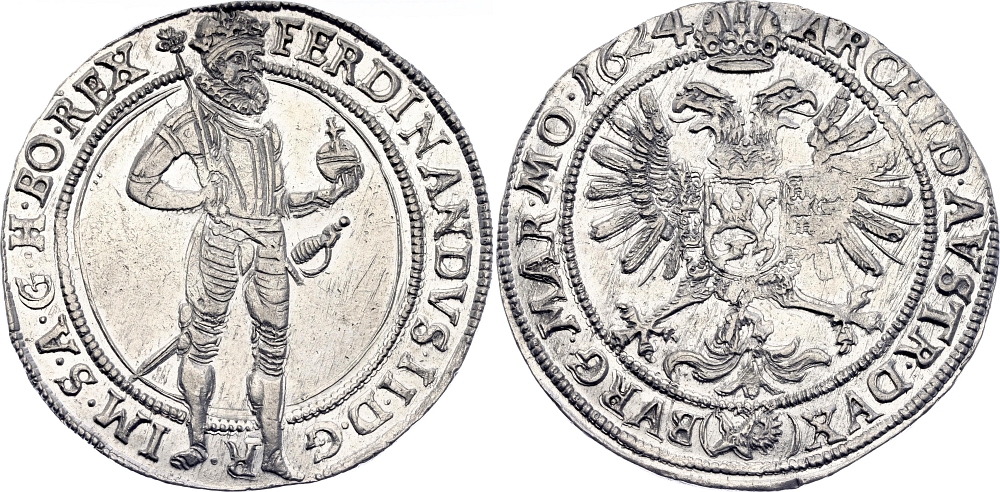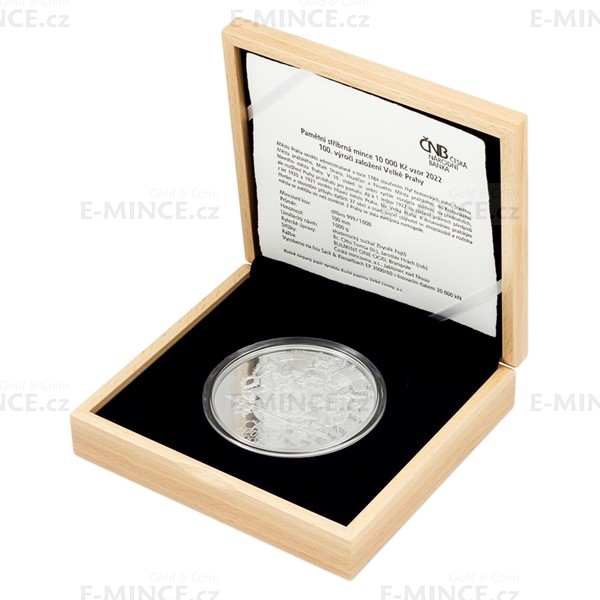Best News On Cnc Machining Prague Mint Medals
How And Why Do You Take A Plaster Model And Scan It To Create A 3d Digital Representation Of Gold Coins Or Medals?The process employs special equipment to digitize the maquette and capture its dimensions. The digital replica serves a variety of functions during the process of production.
3D Scanning Technology- High-resolution 3D scanners are used to capture the physical dimensions as well as the details of the model. The scanners can are able to capture geometry and measurements using various methods such as laser scanning or structure lights.
The scanner emits beams of light or lasers onto the surface plaster models. The scanner records the surface data of the model by recording reflections, distortions and other effects induced by the beams.
Data Collection - As the scanner moves over the plaster model it collects an enormous amount of information, creating a digital version of the model's geometry contours, and other particulars.
Conversion into a 3D Model: The data points are recreated using special software. This model reproduces the physical characteristics and dimensions of a maquette made of plaster.
Why do we need to create an Digital 3D Model
Digital 3D model allows for exact replication of the physical model's dimensions and details. This will ensure that the final gold coins as well as medals are created to be in line with the original design.
Digital models can be easily altered and improved. Designers can modify the design without altering the maquette of plaster.
Compatibility with manufacturing Processes: Digital 3D models can be used with various manufacturing methods, such as 3D printing and CNC machining. This allows rapid creation of molds and dies.
Documentation and Archiving Digital 3D models function as an archived record of the design. Digital models are saved for future use, as reproductions or documents from the past.
By scanning and creating a 3D digital model of the model in plaster, designers and manufacturers can streamline the manufacturing process and ensure exactness and accuracy when replicating the original design. Read the recommended Scanning and 3D Modeling Czechoslovakia gold coins site recommendations. including george washington gold dollar, american eagle gold coin, 24k gold coins prices, gold and silver dealers, bullion bars gold, 1 10 american gold eagle, $5 gold coin, american gold eagle 1 oz, gold coin prices, 1936 olympics jesse owens and more.

Why Are Dies Used For Gold Medals Or Coins Made To Be Vacuum-Hardened?
The process of vacuum hardening used to make dies for striking gold medals or coins involves subjecting the dies to high temperatures and controlled environments in a vapor furnace. This article provides a quick overview of the vacuum-hardening process.
Dies used for making medals or coins are created by making sure they are free of any contaminants or residues.
Moving into the vacuum furnace
The dies are then placed in a specially designed heat-treating chamber that creates the vacuum.
Evacuation Air-
The vacuum oven eliminates all air from the room creating an environment free of oxygen and other gases. This stops oxidation, and provides uniform heating.
Heating Phase
The furnace needs to be heated to a temperature necessary to harden the dies. The temperature range varies based on the material used and the processing for hardening.
Soaking in high temperatures
Die dies are kept at a high temperature for a specified time, allowing the material to attain and keep the desired hardness and metallurgical structure.
Cooling or cooling down
With the help of special techniques, dies are quickly cooling down or being quenched following the soaking process. Rapid cooling assists in locking in the desired hardness and strength in the steel.
Tempering is an option
In some instances it is possible to temper after the process of hardening. Tempering involves reheating dies at a low temperature in order to release internal tensions and improve toughness.
Quality Control & Inspection
The hardened dies undergo thorough quality checks and inspections to make sure that they meet the required hardness, strength, and tolerances to dimensional dimensions.
Post-Treatment Handling-
When the process of hardening by vacuum is complete The dies can undergo further processes like polishing or coating before being employed in the coin or striking process.
Vacuum hardening improves the durability endurance, durability, and wear resistance of the tools which are used to make gold medals or coins. This process produces a controlled and safe environment free of airborne contaminants to guarantee consistent and reliable hardening. It also contributes to the overall quality of the minted product. Read the top rated vacuum hardening Czechoslovakia gold medals website recommendations including st gaudens gold coin, gold quarter 2000, twenty dollar coin, coin gold silver, gold one dollar coin, double eagle coin, spanish gold coins, online silver buying, gold silver shops near me, 24k gold bullion and more.

Why And How Are Certain Types Of Finishes, Textures Or Textured Surfaces Created By Sandblasting?
Sandblasting is a method used to achieve specific finishes or textures like matte or textured surfaces, on gold-plated coins or medals. How and why do you use this technique?
Surface preparation- The medal or coin is put in an enclosure or chamber with a nozzle that is connected to an air compressor. The chamber is able to be enclosed in order to contain the abrasive substance that is used in the process.
Abrasive Materials Selection- At high speeds, tiny particles of abrasive substances, like silicon carbide (sand) glass beads or aluminum oxide, are propelled onto the surface of the medal or coin.
High-Pressure System- The abrasive powders are propelled on the surface using compressed air, or other high-pressure systems. The speed and force with the point at which particles are thrown on the surface will determine the texture or finish.
Texture Creation - The impact of abrasive powders onto the surface changes the topography of the surface, resulting in the appearance of textured or matte. This method lets you roughen specific regions, or to create a texture similar across the entire surface.
Controlled Application: Sandblasting's strength, duration, and angles of application can all be controlled to produce different designs or textures. Different abrasives can be used to achieve different results.
Reasons for Sandblasting
Texture Variation: Sandblasting is a great technique to create various texture or finish on medals and coins like glossy or frosted surfaces. It gives the appearance and distinctive features.
Aesthetic Enhancement - Sandblasting alters the appearance of the surface by diffusing light reflections and decreasing shine. This can increase the coin's or medal's visual appeal. Matte finishes can be a good example, for instance, they can highlight particular design elements since they reduce reflections.
Anti-Glare: A matte or textured finish that is created by sandblasting reduces glare or reflections. This helps the medals and coins appear more appealing, and makes them more easily read with no undesirable light interference.
Contrasting Design Elements- Sandblasting creates contrast between polished and textured areas on the medal or coin and medal, highlighting specific design features or giving the appearance of depth and dimension.
Sandblasting can be customized and creative. offers customization options, allowing for artistic expression and the creation of medals or coins with unique texture or finish that is tailored to specific design requirements.
Sandblasting is a multi-faceted process employed to create a variety of surface finishes or textures on gold-plated coins and medals that contribute to their aesthetics, appearance, and overall design. Follow the recommended sandblasting Prague Mint gold coins website tips. including coin 1, gold eagle price, golden and silver, price of 5 dollar gold coin, 50 dollar gold piece, 1 0z gold price, gold medals michael phelps, 100 gm gold biscuit, coin 1, 1 ounce gold and more.

What Happens When Gold Coins Or Medals Undergo Quality Checks To Make Sure They Are In Line With Requirements??
Gold coins and medals which have been made undergo a series of quality checks. This is to ensure they meet the standards and are precise, as well as having excellent surfaces. The checks are comprised of several steps. Visual Inspection
Each medal or coin is scrutinized by experienced inspectors to identify any surface imperfections. They will look for any imperfections, scratches or marks that might affect the look or value of a coin.
Weigh and Dimensions
Weighing and measuring each medal or coin ensures that it satisfies the specified weights dimensions, diameters, thicknesses and overall dimensions according to the specifications of the design. Any deviations from the design specifications could suggest a quality problem.
Metal Purity and Composition
Quality checks include verifying the purity and gold content of the medals and coins with various testing methods such as X-ray fluorescence (XRF) analysis or chemical assays. They ensure that they are in compliance with the quality and gold standards.
Edge Inspection
Inspectors search for any irregularities or uniformity along the edges. The edge is a crucial place to add security features, or for other design elements.
Strike Quality
To assure consistency, the quality of the strike is analyzed for clarity, sharpness, and relief of the design and overall look.
Correction of errors in Proofing and Minting
The value of special editions and proofs is determined through a thorough exam to detect any imperfections or flaws which could impact the value of the coin.
Packaging and Presentation
Quality checks are conducted on presentation and packaging to ensure that coins or awards are correctly stored, presented or encapsulated in holders, cases or cases and are free of damage or contamination.
Random and Sampling Checks
Random checks or random sampling are conducted on the batches to ensure that quality standards are consistently maintained throughout the whole minting process.
Documentation and Compliance-
Every quality test is documented for compliance with regulation requirements, minting standards, and certification needs. These documents are a proof of the coin's authenticity and authenticity.
Rejecting pieces that are not in conformity
To maintain integrity and overall quality Coins or other minted products that do not conform to the standards set by quality are rejected or sent back to be processed.
Through these rigorous quality checks, mints can ensure that the gold coins or medals conform to the standards required, which include quality, authenticity of appearance and value. They provide peace of mind to investors, collectors as well as consumers. View the most popular Czechoslovakia gold coin quality control more advice. including gold price coin today, gold krugerrand, purchasing gold bars, gold eagle price, buy gold coins, 24 karat gold coin, gold dollar coin 2000, 1 oz gold, today's 1 oz gold coin price, gold and bullion and more.
